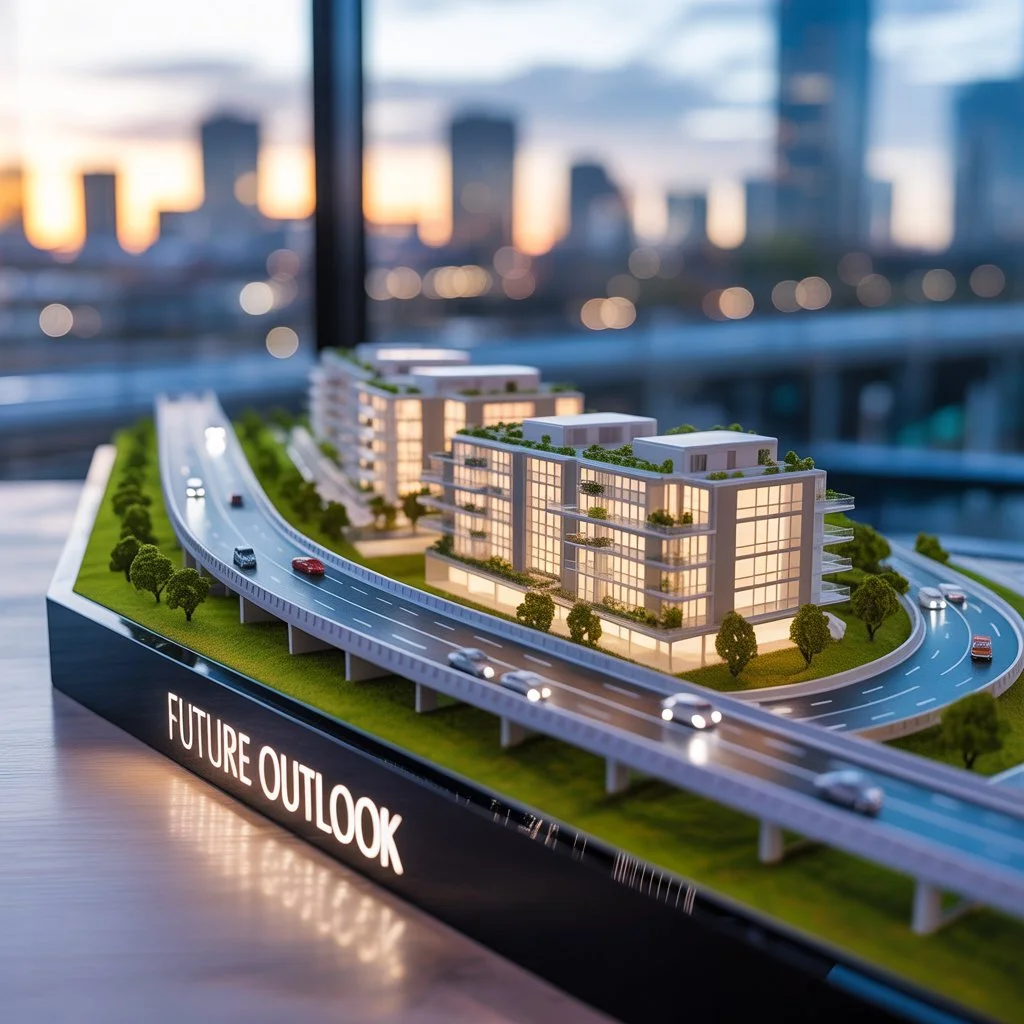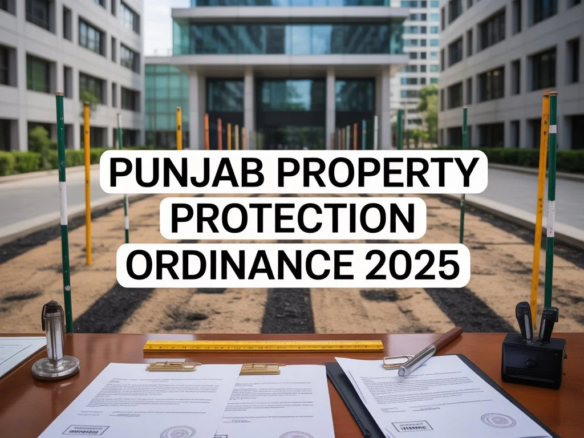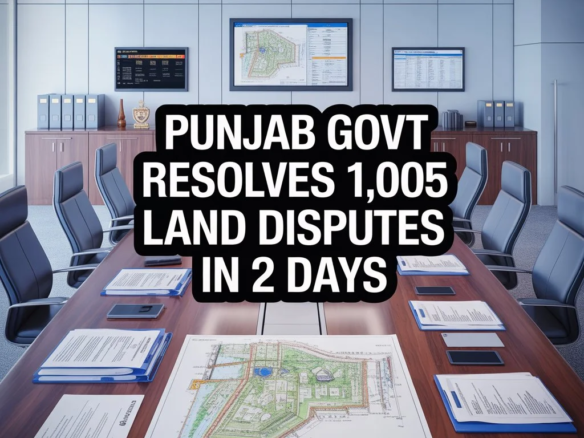Pakistan’s infrastructure is undergoing a remarkable transformation, with one of the most significant recent announcements being the plan to make motorways barrier-free. The National Highway Authority (NHA), under the directives of the federal government, has initiated steps to remove physical toll barriers across the country’s motorway network. This change is expected to bring faster travel, enhanced accessibility, and economic growth, while directly influencing the real estate market in Pakistan.
For investors, developers, and homebuyers, this development signals more than just smoother road journeys it represents a major boost in property value, housing society growth, and investment opportunities near motorways.
Understanding Barrier-Free Motorways
A barrier-free motorway system means toll plazas and checkpoints will be replaced by modern, digital toll collection systems. Travelers will no longer face long queues or delays at barriers, ensuring uninterrupted movement across Pakistan’s motorways.
This model has already been implemented successfully in many developed countries, leading to:
- Reduced travel time
- Lower fuel consumption
- Improved connectivity between urban and rural areas
- Enhanced economic activity along motorway routes
In Pakistan, this upgrade aligns with the government’s vision of modernizing transport infrastructure to support growth in housing, industry, and tourism.
Motorways and Real Estate Connection in Pakistan
In real estate, location and accessibility are everything. Projects that enjoy proximity to motorway interchanges have historically seen higher property demand and price appreciation. With motorways becoming barrier-free, this connection strengthens even further.
For example:
- Housing societies near the Lahore-Islamabad Motorway (M-2) such as Top City and Khayaban Housing have attracted investors largely due to easy motorway access.
- In Faisalabad, projects like Khayaban Housing and other housing schemes near motorway exits are expected to benefit as travel to Lahore, Islamabad, and Multan becomes even smoother.
This change means that real estate near M-3 (Lahore–Faisalabad), M-4 (Faisalabad–Multan), and M-5 (Multan–Sukkur) will witness increased attention from buyers and developers.
Impact on Property Values
1. Higher Demand for Housing Societies Near Motorways
With barrier-free access, housing projects located close to motorway routes will see higher demand as buyers prefer properties with easy intercity travel options.
2. Price Appreciation of Plots and Homes
Improved accessibility leads to price appreciation in both residential and commercial real estate. Investors who purchase plots today in societies near motorways are likely to enjoy significant returns in the coming years.
3. Boost to Commercial Real Estate
Commercial hubs, service areas, and business zones located near interchanges will become more valuable. Shops, warehouses, and petrol pumps will see increased activity due to smoother travel.
Investment Opportunities for Buyers and Developers

1. Emerging Housing Projects
As motorways expand and become barrier-free, new housing societies near motorway interchanges are expected to launch. Early investors in these projects can enjoy first-mover advantage.
2. Smart Cities and Planned Communities
Modern housing schemes like Capital Smart City are already marketing their proximity to motorways as a selling point. Developers can now further highlight barrier-free travel as a unique advantage.
3. Affordable Housing Outside Major Cities
With easier and faster travel, people are more open to living outside city centers. This opens opportunities for affordable housing projects along the motorway belt, especially between Lahore, Faisalabad, and Multan.
Broader Economic and Social Benefits
Apart from boosting the real estate sector, barrier-free motorways will positively affect:
- Tourism: Easier travel encourages domestic tourism to northern areas and historic cities.
- Logistics and Trade: Faster goods movement lowers costs for businesses.
- Job Creation: New housing projects and commercial zones generate employment.
- Urban Expansion: Smaller towns near motorway exits will develop into satellite cities, attracting both residents and businesses.
Future Outlook: Real Estate Growth Along Motorways

Looking ahead, Pakistan’s barrier-free motorway system is not just about improving road travel it’s about reshaping the real estate landscape.
- Investors should monitor upcoming motorway projects and housing launches near new interchanges.
- Developers should highlight barrier-free motorway access in marketing campaigns to attract buyers.
- Buyers should consider long-term property appreciation in areas gaining better connectivity.
Conclusion
The decision to make motorways barrier-free in Pakistan is more than just a transport upgrade it’s a real estate and investment opportunity. Housing societies near motorway interchanges will see higher demand, property values will rise, and new investment avenues will emerge across Punjab, Sindh, and KPK. For investors in 2025 and beyond, understanding the impact of infrastructure on property markets is the key to making profitable decisions.
If you’re planning your next real estate investment, keeping an eye on barrier-free motorway developments could be your smartest move yet.
Want to know more? Check out Faisalabad Real Estate Market 2025: Current Trends, Price Insights & Investment Opportunities
Like, share and comment: Facebook, Instagram, Youtube and TikTok





Join The Discussion